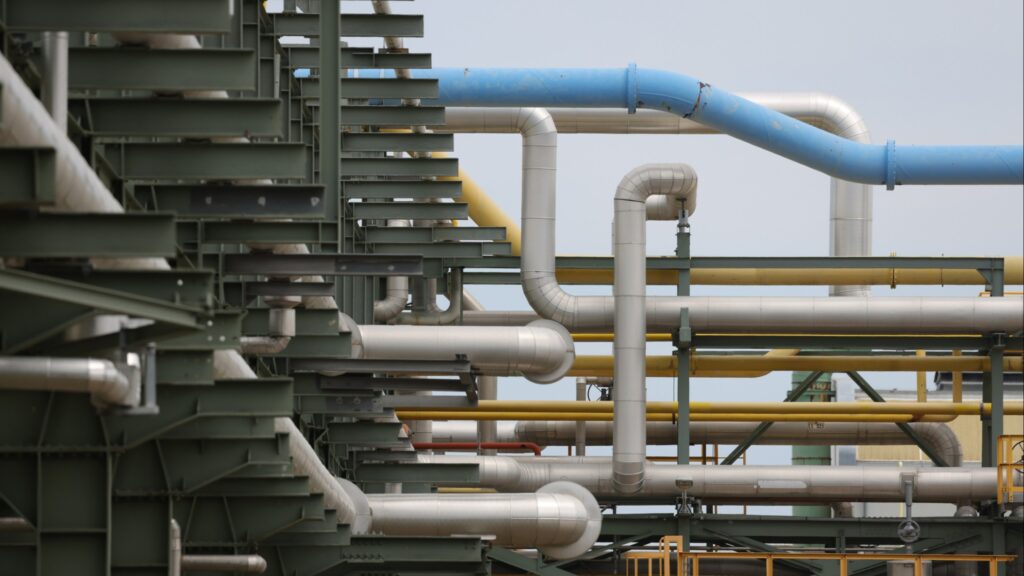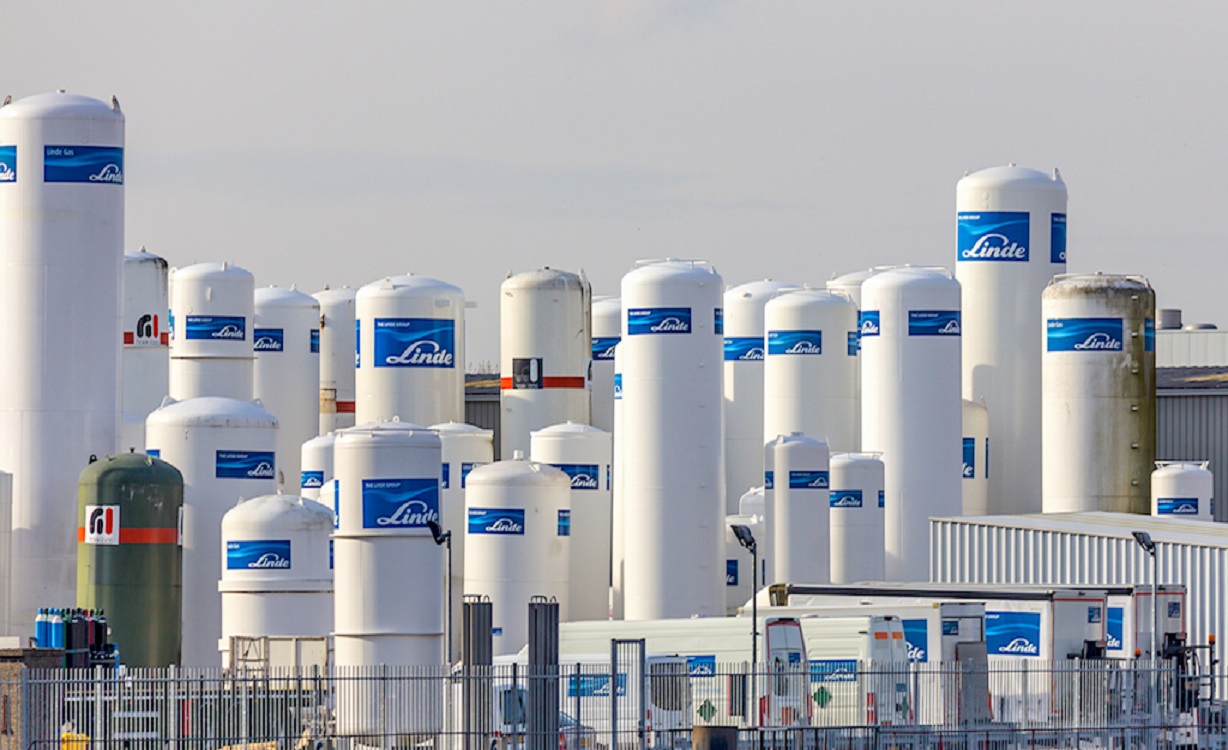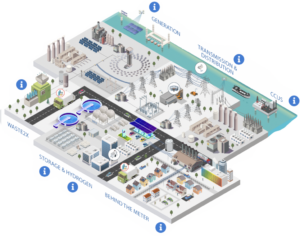Introduction:
In the quest to reduce emissions and transition away from fossil fuels, companies and governments around the world have been grappling with the challenge of decarbonizing heavily polluting industries. However, a group of gas companies in Austria, Germany, and Italy believe they have found a solution: a 3,300km hydrogen pipeline. This groundbreaking project aims to transport green hydrogen, generated from renewable energy sources, from the sun-rich regions of North Africa and southern Italy to areas further north. By establishing the “SoutH2 Corridor” pipeline project as part of a broader hydrogen infrastructure backbone, these companies aim to help meet climate targets and ensure future energy security.
A Future of Long-Distance Hydrogen Transport:
Daryl Wilson, executive director of the Hydrogen Council, highlights that long-distance energy transport is already a reality for oil and gas. It is therefore natural to explore the potential of transporting hydrogen over similar distances. With renewable energy production diversifying globally, the challenge remains that energy sources are often far from areas of high demand, typically densely populated urban centers. According to a report by the Hydrogen Council, around 400 million tonnes of the predicted 660 million tonnes of hydrogen required by 2050 to meet climate goals will need to be transported over long distances.
Unlocking the Potential of Green Hydrogen:
Infrastructure companies argue that countries such as Morocco, Italy, and Spain, with abundant sunshine and wind, can easily produce green hydrogen through the electrolysis of water using renewable power. Repurposing existing natural gas pipelines and building new infrastructure could facilitate the transportation of this clean, colorless gas to serve industries including refining, power generation, fertilizer production, and transport. Additionally, “blue” hydrogen, produced from natural gas with carbon capture and sequestration, is being explored in countries like the UK as an alternative.
Expanding Applications and Overcoming Challenges:
While hydrogen skeptics raise concerns about the economics and efficiency of long-distance hydrogen transport, it is important to consider its potential applications. Hydrogen sources like ammonia are already shipped over long distances and could be utilized as a fuel source instead of solely for their current applications, such as fertilizer production. Moreover, hydrogen is being considered in some countries as a replacement for natural gas heating in homes.

Striking the Right Balance:
While gas companies pursue green hydrogen projects, critics argue that the potential of clean hydrogen is being overhyped and that renewable power should be used directly where feasible, such as powering heat pumps and electric vehicles. They highlight the energy loss involved in green hydrogen production and its challenging transport properties. However, the future of energy infrastructure requires a nuanced approach, considering location-specific factors. Countries like Japan and Korea, lacking substantial renewable energy resources, may find long-distance hydrogen or ammonia importation as the most energy-efficient, cost-effective, and low-carbon approach.
Conclusion:
The vision of a sustainable future relies on reducing emissions from heavily polluting industries. Green hydrogen, generated using renewable energy sources, holds promise as a viable alternative. By establishing long-distance hydrogen transport infrastructure, companies in Austria, Germany, and Italy are paving the way for a greener energy landscape. While challenges and differing opinions remain, a balanced approach considering location-specific factors will be crucial in determining the role of green hydrogen in the global energy transition.




